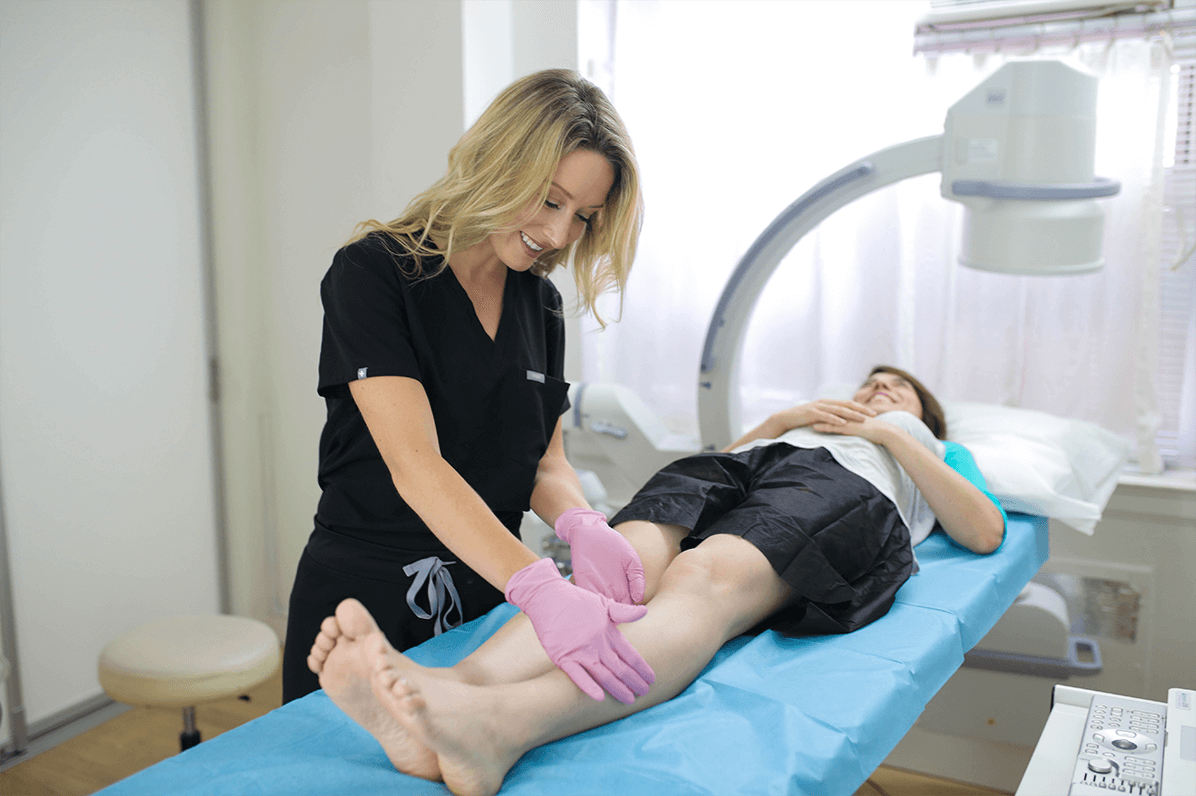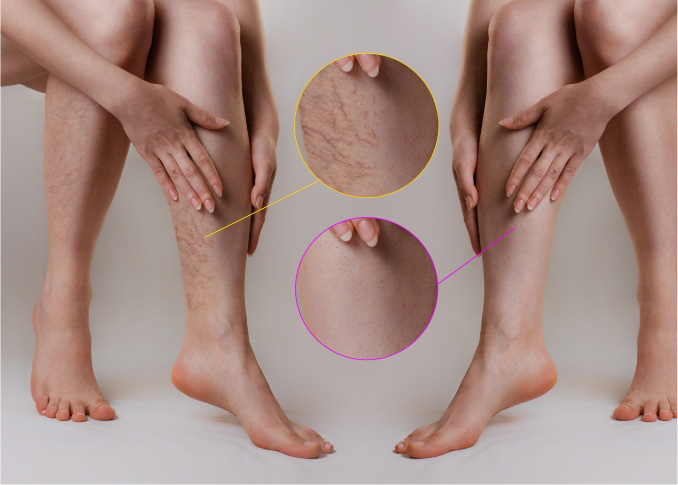The Advantages of Getting Varicose Veins Removed: What Does a Vein Clinic Do?
Varicose veins are a common condition that affects many people, particularly as they age. These swollen, twisted veins can often cause discomfort, pain, and aesthetic concerns. If you’ve ever wondered, "What does a vein clinic do?" or "Is it worth getting varicose veins removed?" this article will break down the benefits and offer insight into why vein treatments might be the right choice for you.

Understanding Varicose Veins and Why You Might Want Them Removed
Varicose veins occur when the valves in your veins become weakened, causing blood to flow in the wrong direction. As a result, blood accumulates in the veins, leading to their enlargement and visible appearance on the skin’s surface. The condition is often seen in the legs but can develop in other areas of the body as well. While varicose veins are typically not dangerous, they can lead to a range of uncomfortable symptoms like swelling, aching, and even skin ulcers in severe cases.
When you visit a vein clinic, they specialize in diagnosing and treating conditions like varicose veins. So, what exactly does a vein clinic do to address this issue? The treatments available can vary depending on the severity of your condition, but they all aim to improve your quality of life by eliminating the discomfort and possible complications of varicose veins.
What Are the Treatment Options Offered by Vein Clinics?
Vein clinics are equipped with advanced technology and specialized knowledge to treat varicose veins. Some common treatments include:
1. Endovenous Laser Treatment (EVLT)
Endovenous laser treatment is a minimally invasive procedure that uses a laser to close off the damaged vein. A thin laser fiber is inserted into the vein through a small incision, and the heat from the laser causes the vein to collapse and seal shut. This procedure is effective and requires little downtime, making it an attractive option for many patients.
2. Sclerotherapy
Sclerotherapy is another non-invasive treatment where a special solution is injected into the vein, causing it to shrink and eventually disappear. It’s often used for smaller varicose veins and spider veins. It requires no anesthesia, and patients typically can return to their normal activities soon after the procedure.
3. Ambulatory Phlebectomy
For larger varicose veins, an ambulatory phlebectomy may be recommended. During this procedure, a surgeon removes the vein through small incisions made in the skin. The procedure is performed under local anesthesia and offers minimal scarring.
4. Vein Stripping
In some cases, a more invasive procedure like vein stripping may be necessary. This involves removing the damaged veins through incisions in the skin. It’s typically only used for more severe varicose veins and is done under general anesthesia.
Each of these treatments is designed to eliminate or reduce the appearance of varicose veins and provide long-lasting relief from associated symptoms. So, the question arises: Is it worth getting varicose veins removed?

The Advantages of Getting Varicose Veins Removed
For many people, the benefits of removing varicose veins go beyond just aesthetic improvements. There are several advantages to undergoing treatment at a vein clinic, including both physical and psychological benefits.
1. Reduced Pain and Discomfort
Varicose veins can cause a range of symptoms, including pain, heaviness in the legs, swelling, and itching. By removing the affected veins, patients often experience immediate relief from these discomforts. For those who suffer from chronic leg pain or discomfort, varicose vein removal is often a game changer, significantly improving daily life.
2. Improved Mobility and Quality of Life
In addition to alleviating pain, removing varicose veins can help improve mobility. The pain and swelling caused by varicose veins can limit physical activity and make it difficult to perform daily tasks. By addressing the condition, you may find that you have more energy and are able to move around more freely. Many patients report a better overall quality of life after treatment.
3. Prevention of Future Complications
Varicose veins that are left untreated can lead to more serious complications, such as blood clots, ulcers, and deep vein thrombosis. By seeking treatment, you can reduce the risk of these complications and ensure better long-term vascular health.
4. Aesthetic Improvements
Varicose veins are often visible on the surface of the skin, leading to self-consciousness or embarrassment for many individuals. Removing varicose veins can restore the smooth appearance of your legs or other affected areas, allowing you to feel more confident and comfortable in your own skin.
5. Non-Invasive Options
For those who are hesitant about surgery, many vein clinics offer non-invasive treatments that require little to no recovery time. Treatments like sclerotherapy and endovenous laser therapy offer effective solutions with minimal discomfort and risk, making them appealing options for those seeking relief without major surgical procedures.
Is It Worth Getting Varicose Veins Removed?
The answer depends on your personal situation. If you experience pain, swelling, or other complications due to varicose veins, the benefits of treatment may outweigh any potential drawbacks. Even if your varicose veins are primarily an aesthetic concern, improving their appearance can help boost your confidence and improve your quality of life.
Moreover, with advancements in modern vein treatments, the procedures are safer, quicker, and more affordable than ever. Whether through non-invasive techniques like sclerotherapy or more extensive procedures like vein stripping, a vein clinic can help you choose the right treatment based on your specific needs and preferences.
In conclusion, removing varicose veins is not just about cosmetic improvement. It offers several health benefits, including pain relief, reduced risk of complications, and better mobility. If you're wondering what a vein clinic does and whether it's worth getting varicose veins removed, the answer for many people is clear: it’s a worthwhile investment in both your health and your well-being.
Comments
Post a Comment